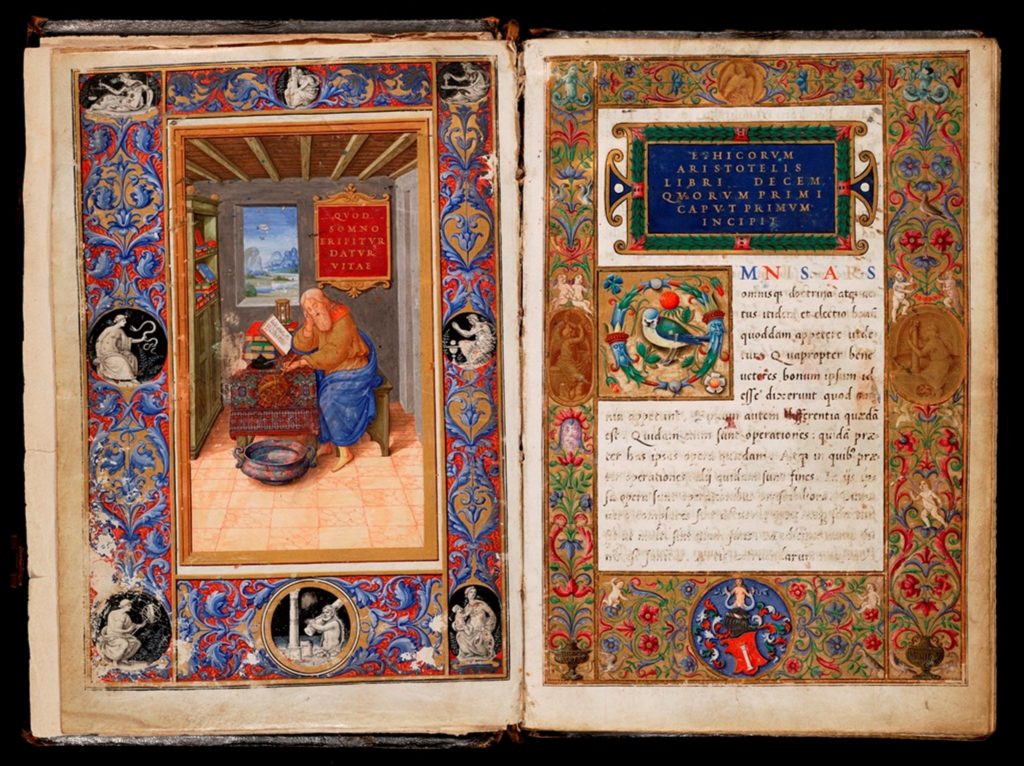Amsterdam on the Rise (1300-1600)
This room is temporarily closed
The medieval Netherlands has no metropolises like Paris and London. Up until the 16th century, Amsterdam is little more than a village, overshadowed by the episcopal city of Utrecht, the court city of The Hague, and industrial cities like Leiden, Delft and Haarlem.
For a long time Amsterdam is primarily populated by fisherfolk. Over time, however, an increasing number of craftspeople, merchants and members of religious orders gradually settle here. At one point, the city is home to 21 monasteries: 17 for nuns and four for monks. Their task is to pray and work. Within some religious orders, work focuses on creating handwritten manuscripts. Copying religious texts is regarded as a form of prayer.
It is not until 1516, 60 years after the invention of printing, that books are first printed in Amsterdam. Print runs can now be made of texts. Throughout Europe, printed documents become the means of disseminating new knowledge and divergent opinions. At the same time, commerce and industry flourish in the city. Immigrants from the Southern Netherlands, Germany and elsewhere contribute enormously to these developments.
The new era is accompanied by great political and religious unrest. A temporary conclusion is reached with the Alteratie (Alteration) of 1578, when the Catholic city government is deposed. Calvinists now assume control. Amsterdam rapidly gains power and influence within the province of Holland and far beyond.

Ethica Aristoteles